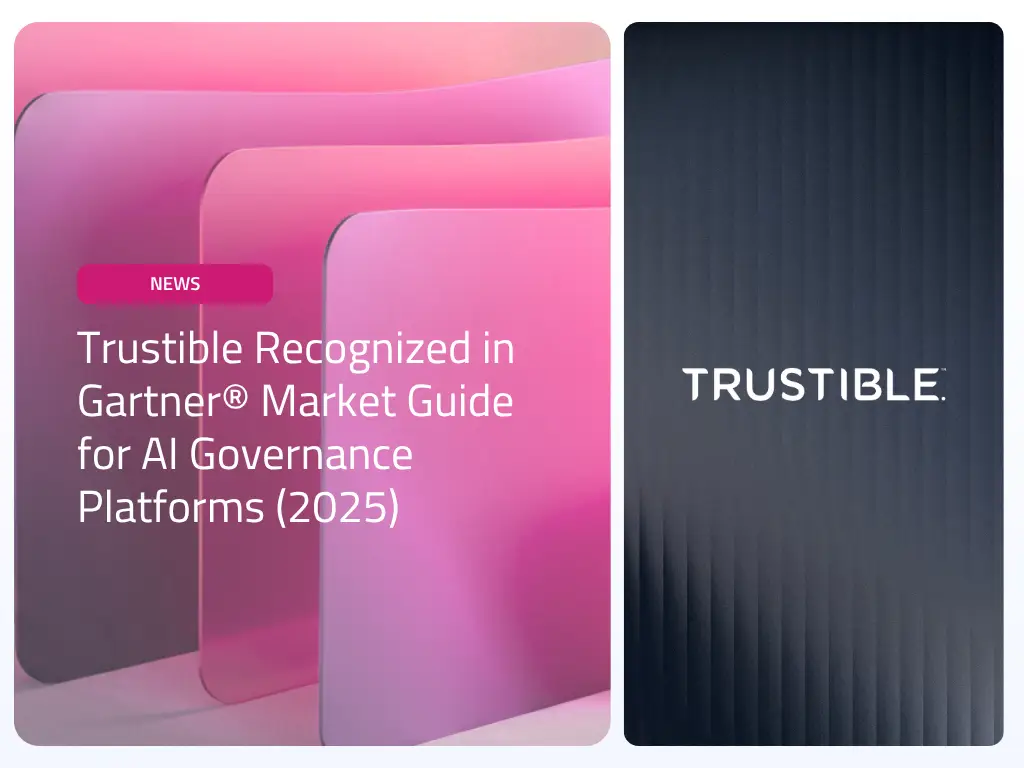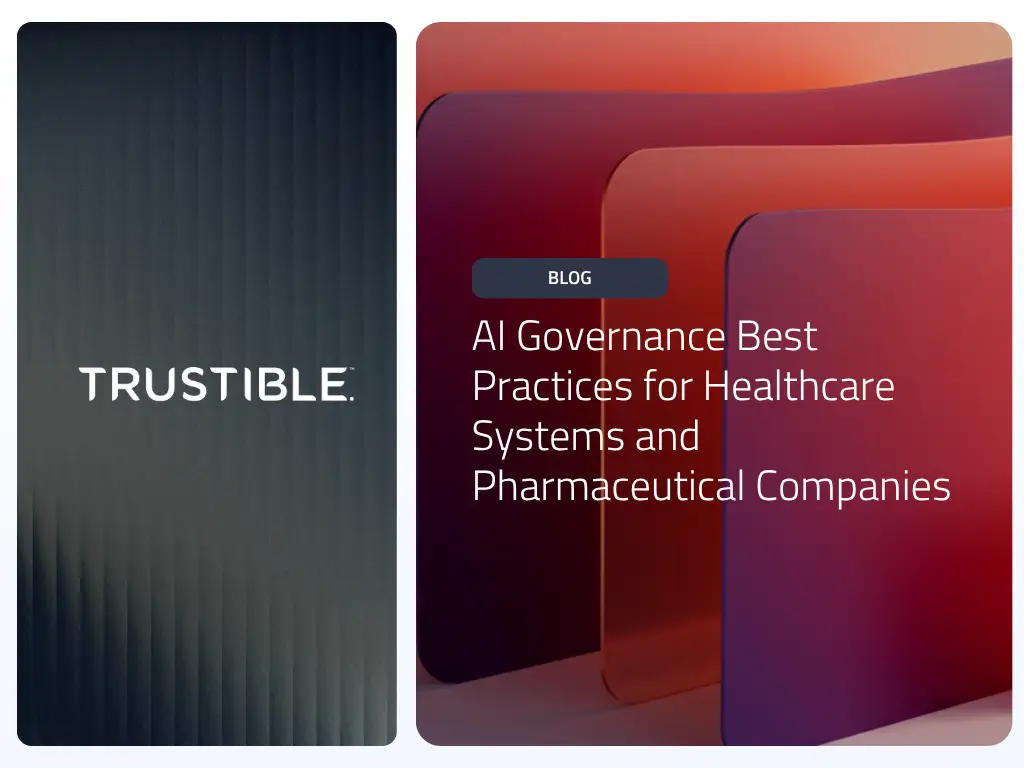Federal regulators have largely focused on issuing guidance and initiating inquiries into AI, whereas state regulators have taken a more proactive stance, addressing AI’s unique challenges within sectors such as insurance.
The New York Department of Financial Services released a draft guidance letter proposing standards for identifying, measuring, and mitigation potential bias from use of ‘External Consumer Data and Information Sources’ for underwriting and pricing. This proposal similarly mirrors a regulation already in effect in Colorado that was finalized last year. The National Association of Insurance Commissioners released their model bulletin on AI risk management last year, and we expect further states will announce similar proposed regulations. These proposed rules likely won’t face the same level of uncertainty that stems from the legislative process.
This means that operationalizing AI governance in the insurance sector is a need-to-do.
Watch our LinkedIn Live hosted on Wednesday, February 28 at 12:00 P.M. EST / 9:00 A.M. PST for a deep dive on this topic.
Speakers:
▪ Andrew Gamino-Cheong – Co-Founder & CTO, Trustible
▪ Tamra Tyree Moore – VP & Corporate Counsel, Data, Privacy, & AI, Prudential
▪ Shontael (Elward) Starry – AI Ethicist; Data Scientist, Nationwide
▪ Ellie Jurado-Nieves – VP & Ass.t General Counsel, Strategic Public Policy Initiatives, Guardian Life
Agenda:
▪ Who “owns” AI Governance?
▪ Current state of laws and regulations for AI in insurance
▪ Challenges with complying with Colorado Reg 10-1-1
▪ How bias and fairness may differ between different types of insurance
▪ Best practices for how technical and non technical teams can better collaborate for AI governance


